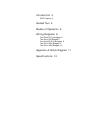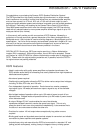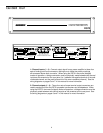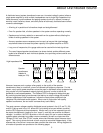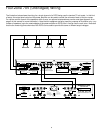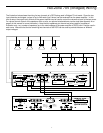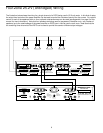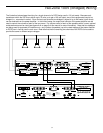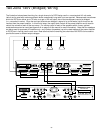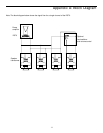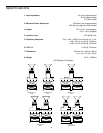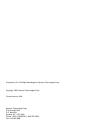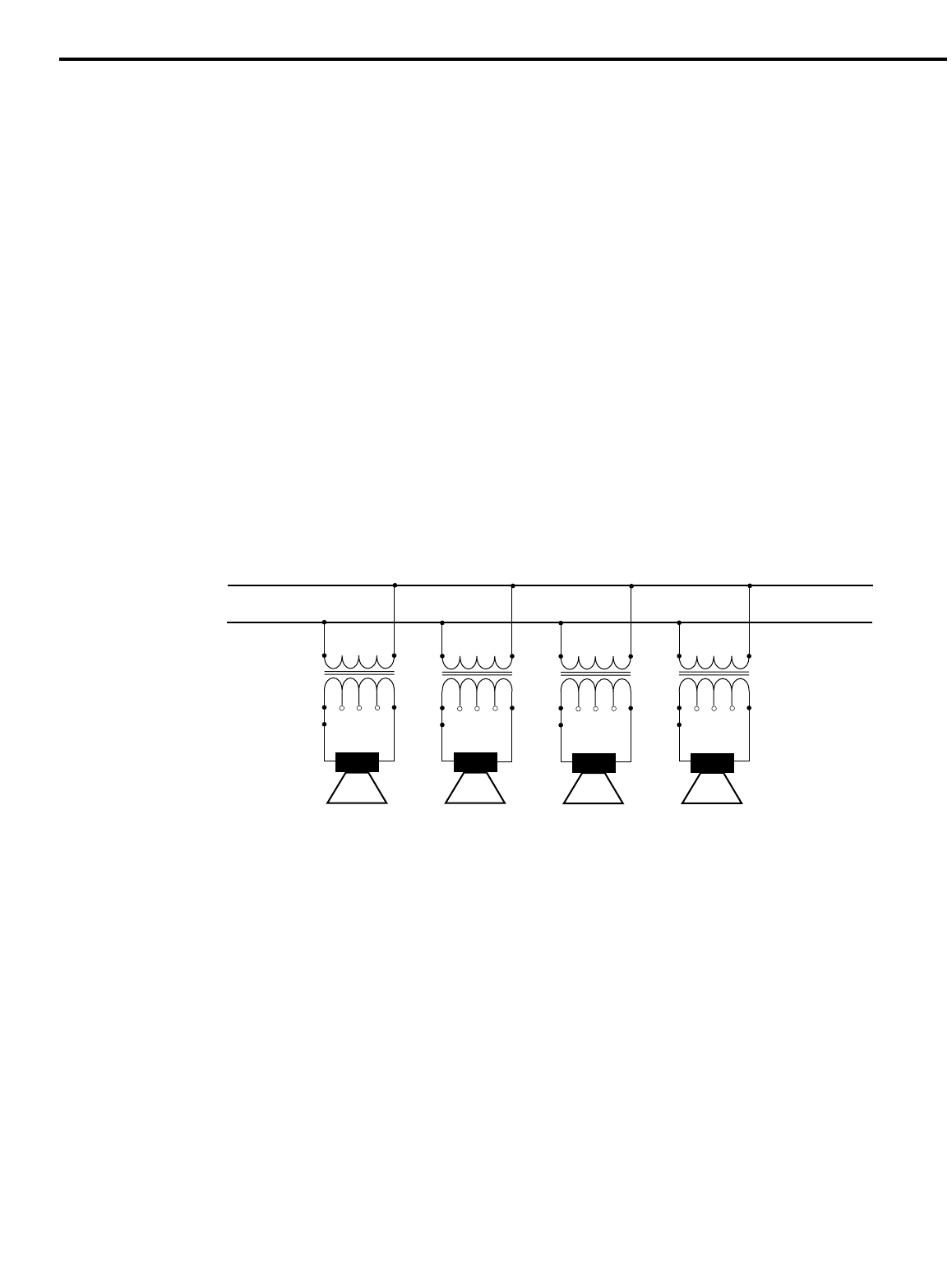
About Distributed Sound
A distributed sound system (sometimes known as a “constant voltage” system) allows a
single power amplifier to drive multiple loudspeakers over a single high-impedance line.
Used commonly in public address and paging systems (such as in schools, houses of
worship, hotels, factories, stores, and other places of business), distributed sound offers
numerous advantages:
• All wiring is in parallel and is therefore simple and straightforward.
• Even if a speaker fails, all other speakers in the system continue operating normally.
• Speakers can be freely added to or removed from the system without affecting the
levels of existing speakers in the system.
• As many speakers as are necessary can be used, as long as their total wattage
requirement does not exceed the power capacity of the power amplifier or DS70.
• Long runs of inexpensive, thin-gauge cable can be used with minimal signal loss.
• The use of tapped speaker transformers (as shown below) enables different power
levels to be selected for each individual speaker, thus providing volume control over
different areas.
However, because such a system relies greatly on the quality of the speaker
transformers, there is a trade-off in terms of reduced low-frequency response. For this
reason, many quality power amplifiers cannot be used in distributed sound systems since
they provide only low-impedance outputs (typically 8 ohms) in order to deliver full
bandwidth to connected speakers. The Samson DS70 is designed to bridge that gap.
By providing toroidal step-up transformers that deliver an output voltage that remains
constant regardless of load impedance, it allows the finest power amplifiers to be
integrated into distributed sound systems. When used in conjunction with quality
speaker transformers, the end result is extraordinary audio fidelity.
The most common voltages used by distributed sound systems in the U.S. are 70, 100,
and 25.2 (wiring code in the U.S. allows 25.2 volt cabling to be used without conduits),
and the DS70 supports all three standards. What’s more, up to four separate lines can
be output simultaneously (making for four “zones”)—and they can even be at different
voltages. In addition, the DS70 provides a 140 volt output (for use in custom-designed
systems where extremely long cable runs are necessary) as well as unique two-zone
“Bridged 70 Volt” and “Dual 70 Volt” modes, where two channels output the same input
signal. This not only allows the level of each zone to be controlled independently, it also
ensures that a line failure in one zone does not affect the other one. Wiring diagrams for
all modes of operation are provided on the following pages.
5
+
-
0.5
1.0
2.0
4.0
0.5
1.0
2.0
4.0
0.5
1.0
2.0
4.0
0.5
1.0
2.0
4.0
High-impedance line
Speaker
transformers
(labeled in
watts per 70V)
+
-
+
-
+
-




